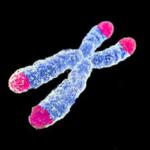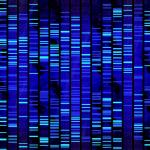There are unquestionably elements that are rarer, stranger, and more exciting than phosphorous.
DNA
A new study in Translational Psychiatry sought to elucidate whether reduced telomere length (TL) is associated with childhood trauma in those with schizophrenia (SZ) and bipo
Just like fingerprints, we all have a unique set of behavioral quirks.
If feeling older than you look appeals to you, take a seat while you read this: A recent study found that women who sit longer than 10 hours a day,
It is common knowledge that the information that makes us unique is held in our DNA. But, how does our DNA make our eyes brown - how does it make us who we are?
What began as a novel finding in pregnant women may now be a revolutionary breakthrough in oncology.







